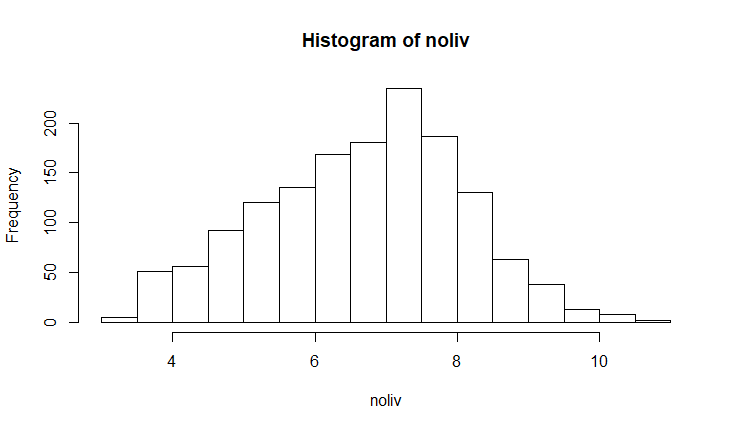I want to compare the means of 2 sets of data. I have already taken the log and removed spurious outliers.
But the 2 sets have different shapes and I don't want to blindly throw them into a linear model.
Any tips?
One set is called liv and the other is called noliv. noliv is probably going to have a larger mean but using an appropriate test is the issue.
Is there any more general statistical test I can use here that doesn't assume normality. Obviously liv is normal but noliv isn't.
Even if the best answer is "take the log again", can someone please recommend a second best option to this?


